Introduction: Understanding Tail Feather Loss in Birds

Tail feather loss is a common concern among bird owners and enthusiasts. Birds rely on their tail feathers for balance, communication, and courtship displays. While some feather loss is natural during molting, excessive or abnormal loss can indicate underlying health issues or environmental factors. In this guide, we will explore the causes, diagnosis, treatment, and prevention of tail feather loss in birds.
Causes of Tail Feather Loss

Tail feather loss in birds can be attributed to several factors:
Stress & Poor Diet: Stressors like environmental changes and lack of social interaction can disrupt the feather growth cycle. Additionally, a poor diet lacking essential nutrients weakens feathers, making them more prone to falling out.
Disease & Parasites: Feather mites, lice, fungal infections, bacterial infections, and viral diseases can lead to feather loss. Avian diseases like psittacine beak and feather disease (PBFD) or feather-picking syndrome can cause significant feather loss, including tail feathers.
Molting & Molting Disorders: Molting is a natural process, but disorders can disrupt it, resulting in abnormal feather loss. Underlying health issues, nutritional imbalances, hormonal imbalances, or environmental factors can affect feather growth, including tail feathers.
Physical Trauma: Accidents, collisions, aggressive interactions, or mishandling can cause tail feather loss. Improper wing clipping or handling can also contribute to feather damage and subsequent loss.
Understanding the causes of tail feather loss is crucial in addressing the issue effectively. In the next section, we will explore how to diagnose tail feather loss, identify the underlying cause, and seek appropriate treatment.
By equipping yourself with knowledge about tail feather loss in birds, you will be better prepared to identify potential issues and ensure a safe and healthy home for your bird. Let’s begin by examining the common causes of tail feather loss in birds.
3. Diagnosing Tail Feather Loss
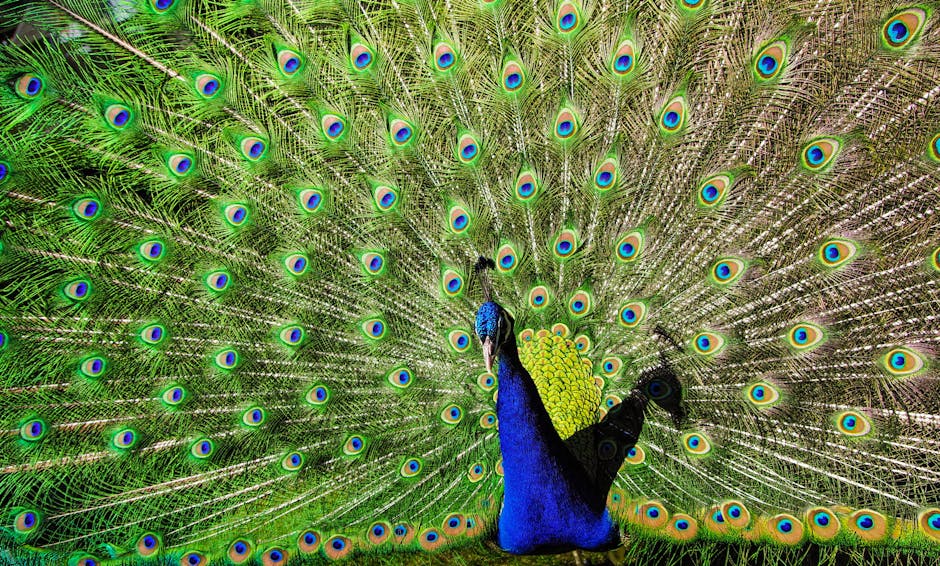
a. Recognizing Symptoms
Tail feather loss in birds can stem from various factors, including molting, stress, injury, infection, nutritional deficiencies, parasites, or hormonal imbalances. Identifying the symptoms associated with tail feather loss is crucial for determining the underlying cause. The primary symptom is visible feather loss from the tail region. However, keep in mind that occasional shedding of a few feathers is a natural part of a bird’s molt cycle.
In addition to physical feather loss, other accompanying symptoms may indicate an underlying issue. Watch for changes in behavior, such as increased aggression, decreased appetite, lethargy, itching or scratching, inflammation, or abnormal droppings. These signs provide valuable insights into the potential cause of the tail feather loss.
b. Examining Feathers
To delve deeper into tail feather loss, carefully examine the shed or falling feathers. Look for signs of damage, such as broken or frayed feather shafts, which could suggest trauma or self-plucking. Additionally, check for external parasites like feather mites or lice, which may be visible on the feathers or in the surrounding areas.
While examining the feathers, take note of their condition, color, texture, and overall appearance. Abnormalities in these aspects can offer valuable clues about the underlying cause. Changes in feather coloration, such as discoloration or faded hues, may indicate nutritional deficiencies or metabolic imbalances. Similarly, alterations in feather texture, such as excessive brittleness or oiliness, might point to underlying health issues.
c. Seeking Professional Help
If tail feather loss persists or is accompanied by concerning symptoms, it is advisable to consult a qualified avian veterinarian. These experts possess the knowledge and experience to diagnose and treat various bird-related ailments. During the consultation, the veterinarian will conduct a comprehensive examination, including a physical assessment and potentially additional diagnostic tests.
The avian veterinarian may perform blood tests to assess the bird’s overall health and detect any underlying medical conditions. They might also collect feather or skin samples for cultures to identify possible infections. These tests provide valuable insights into the cause of tail feather loss and guide appropriate treatment measures. With their expertise, avian veterinarians can provide a definitive diagnosis and recommend a tailored treatment plan to address the specific underlying cause of the feather loss.
Remember, early detection and intervention are crucial for preventing complications and promoting the overall well-being of your feathered companion.
Treating Tail Feather Loss

Tail feather loss in birds can be distressing, but there are several treatment options available to address the underlying causes and promote feather regrowth. The treatment approach may vary depending on the specific cause of the feather loss and the bird’s overall health. Here are some effective methods for treating tail feather loss:
Enhancing the Bird’s Environment

Creating a suitable environment for your bird is crucial for its overall well-being and feather health. Consider the following steps to enhance the bird’s environment:
-
Spacious and Clean Living Space: Ensure that the bird’s cage or aviary is adequately sized, clean, and well-maintained. A spacious environment allows for natural movements and prevents stress that can contribute to feather loss.
-
Varied Perches: Provide the bird with perches of different sizes and textures to promote foot health, prevent pressure sores, and encourage exercise. Natural wood perches or pedicure perches can be beneficial.
-
Stimulating Toys and Activities: Offer a variety of toys, puzzles, and activities to keep the bird mentally stimulated and engaged. This helps prevent boredom and destructive behaviors that can lead to feather plucking.
-
Optimal Temperature and Humidity: Maintain appropriate temperature and humidity levels within the bird’s environment. Extremes in temperature or humidity can stress the bird and impact feather health. Consult avian care guidelines for your bird species’ specific requirements.
-
Minimizing Stressors: Reduce exposure to drafts, toxins, and other potential stressors in the bird‘s environment. Stress weakens the immune system and contributes to feather loss. Provide a calm and quiet space for the bird to rest and minimize disturbances.
Making Dietary Adjustments
Proper nutrition plays a crucial role in a bird’s feather health. Consider the following dietary adjustments:
-
Well-Balanced Diet: Ensure the bird’s diet is well-balanced and meets its nutritional needs. Consult a veterinarian or avian nutritionist to determine the appropriate diet for your bird’s species.
-
Fresh Fruits, Vegetables, and Leafy Greens: Offer a variety of fresh produce rich in essential vitamins, minerals, and antioxidants necessary for feather growth and overall health.
-
Commercial Bird Pellets or Seed Mix: Provide a high-quality commercial bird pellet or seed mix specifically formulated for your bird’s species. These diets help ensure the bird receives essential nutrients.
-
Dietary Supplements: Consider adding recommended dietary supplements, such as omega-3 fatty acids or vitamins, to support feather health and promote regrowth.
Administering Medication
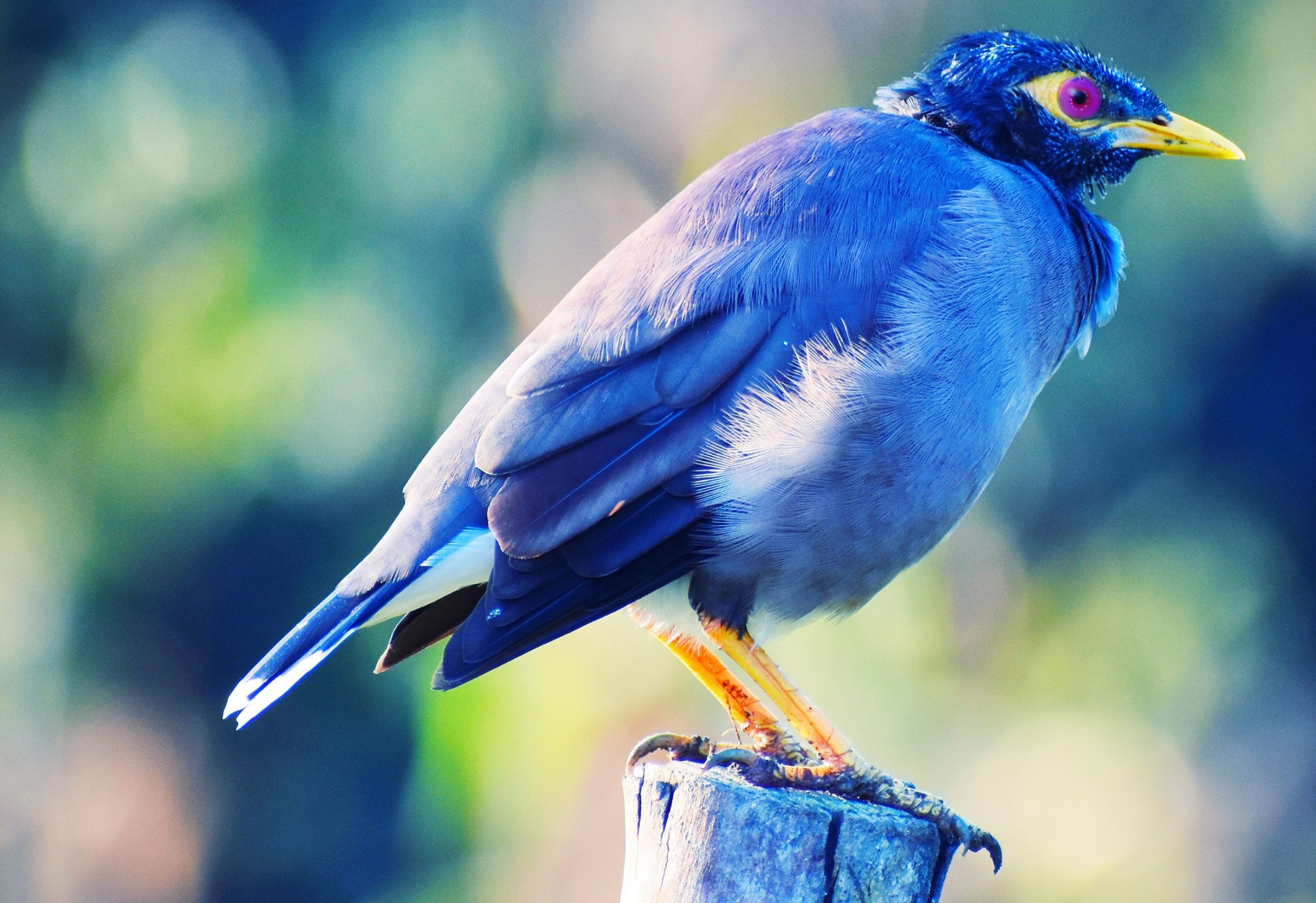
In some cases, medication may be necessary to address underlying medical conditions causing tail feather loss. Here are important considerations when administering medication:
-
Consult a Veterinarian: Seek guidance from a veterinarian experienced in avian care to determine if medication is necessary and appropriate for your bird’s condition. The veterinarian will diagnose the underlying cause and prescribe suitable medication if needed.
-
Follow Veterinary Instructions: Adhere to the veterinarian’s instructions regarding dosage, frequency, and administration methods. Proper administration is crucial for the medication to be effective and safe for the bird.
-
Monitor for Side Effects: Observe the bird closely for any adverse reactions to the medication. Report any concerning symptoms or changes in behavior to the veterinarian promptly.
Performing Surgery

Surgery is typically considered a last resort for treating tail feather loss and is only performed under specific circumstances. Here are some important points regarding surgical intervention:
-
Last Resort: Surgery is generally reserved for severe cases of tail feather loss, such as significant injury, infection, or structural abnormalities. It should only be considered when all other treatment options have been exhausted or if deemed necessary by a veterinarian.
-
Consultation with Avian Veterinarian: If surgery is required, consult with an experienced avian veterinarian who can evaluate the bird’s condition and determine the appropriate surgical approach.
-
Post-Surgery Care: Follow the veterinarian‘s post-surgery care instructions diligently, which may include wound care, medications, and restricted activity. Provide a safe and stress-free recovery environment for the bird.
By implementing these treatment strategies, you can significantly improve your bird’s feather health and promote regrowth. However, it’s important to remember that tail feather loss can have various causes, and consulting with an avian veterinarian is crucial for an accurate diagnosis and tailored treatment plan. With proper care and attention, you can help your bird regain its magnificent plumage and maintain a safe and healthy home environment.
5. Preventing Tail Feather Loss

Feathers are vital for a bird’s overall health and well-being. To ensure your feathered friend thrives and maintains their beautiful plumage, it’s crucial to provide a clean environment, maintain proper nutrition, and monitor their health closely.
a. Providing a Clean Environment
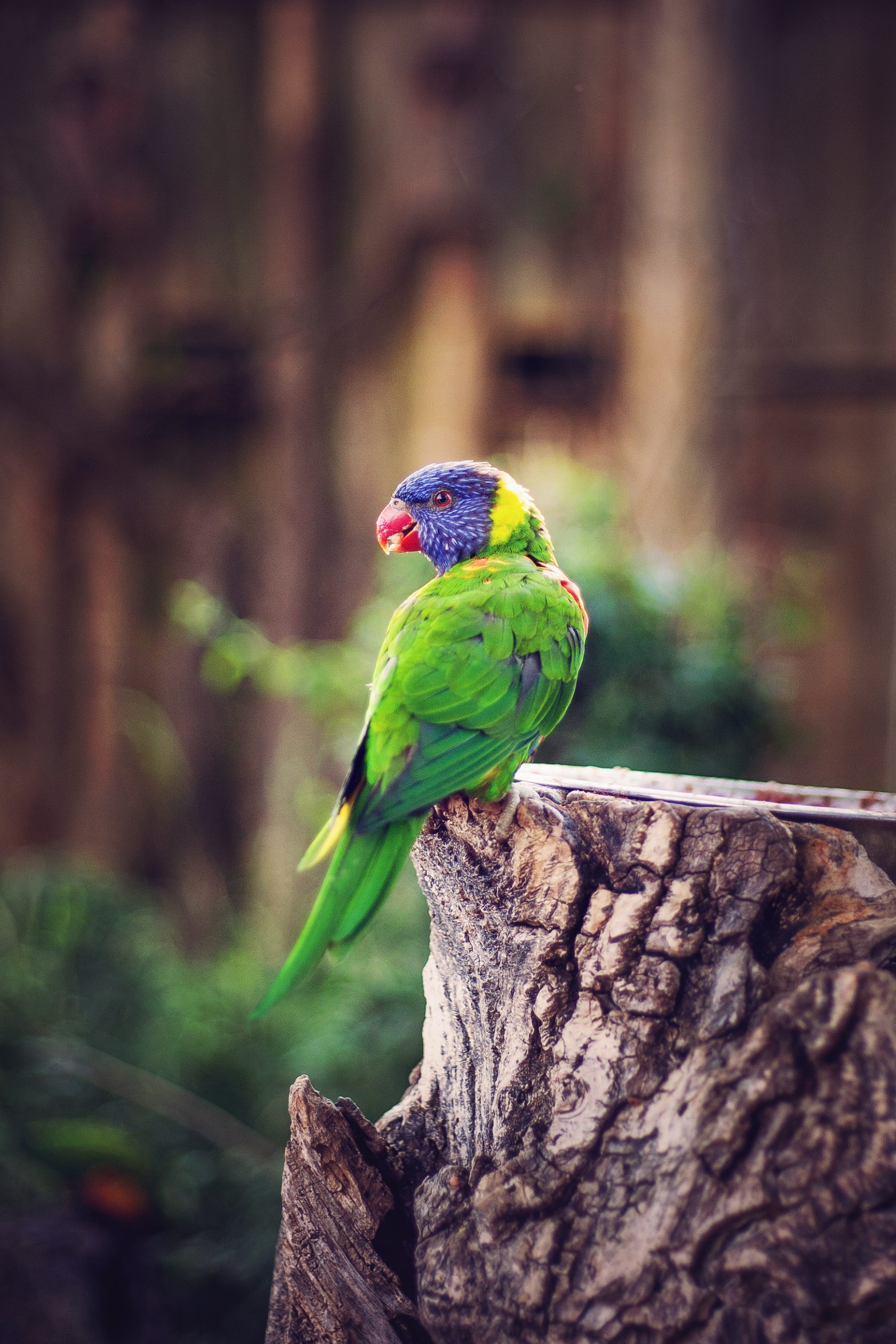
Maintaining a clean living space is key to preventing tail feather loss. Follow these steps:
-
Regular cleaning: Clean the bird’s cage or aviary frequently to remove dirt, dust, and debris that can contribute to feather loss. This helps create a hygienic environment.
-
Promote natural preening: Encourage natural preening behavior by providing a bathing dish or misting your bird with water. This helps keep their feathers clean and in good condition.
-
Ensure proper ventilation: Allow for adequate airflow in the bird’s living space to prevent the accumulation of airborne particles that may irritate their feathers. Good ventilation promotes a healthy environment.
-
Avoid harmful chemicals: Steer clear of strong cleaning agents or aerosols that can harm feather health. Opt for bird-safe cleaning products when maintaining their living space.
-
Minimize stressors: Create a calm and secure environment for your bird by reducing stressors. Stress can lead to feather plucking or excessive molting, resulting in tail feather loss.
b. Maintaining Good Nutrition
Proper nutrition is essential for healthy feathers. Follow these guidelines:
-
Consult a professional: Seek advice from a veterinarian or avian specialist to determine the appropriate diet for your bird. Tailor their food based on their specific dietary needs.
-
Offer a balanced and varied diet: Provide a mix of fresh fruits, vegetables, and specially formulated bird pellets or seeds. This variety ensures your bird receives the necessary vitamins, minerals, and proteins for optimal feather health.
-
Avoid processed or fatty foods: Opt for wholesome, natural options instead of a diet high in processed or fatty foods, which can negatively impact feather health.
-
Ensure hydration: Make sure your bird has access to clean, fresh water at all times. Proper hydration is vital for overall health, including feather condition.
c. Monitoring the Bird’s Health
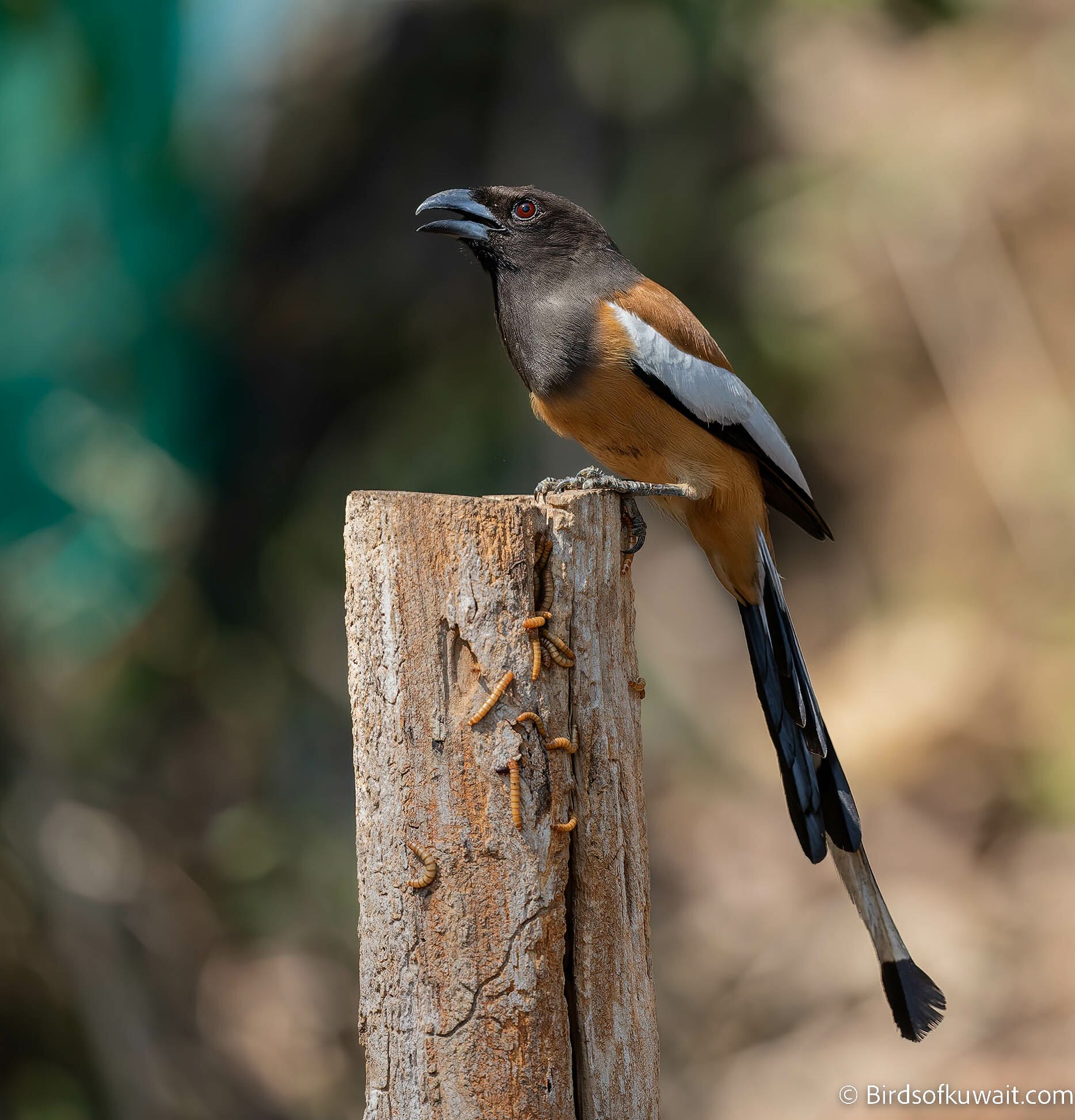
Regularly monitoring your bird’s health is crucial in detecting any issues that may lead to tail feather loss. Keep the following in mind:
-
Observe your bird: Regularly watch for signs of illness, stress, or discomfort that may manifest as feather loss. Pay attention to changes in behavior, appetite, or energy levels.
-
Consult a veterinarian: If you notice concerning signs or persistent feather loss, consult a veterinarian experienced in avian care. They can perform a thorough examination and provide appropriate guidance and treatment if necessary.
By providing a clean environment, maintaining good nutrition, and monitoring your bird’s health, you can help prevent tail feather loss and ensure a safe and healthy home for your feathered companion.
Conclusion


Being aware of the signs of tail feather loss and taking proactive measures to prevent it is essential for the well-being of your bird. By understanding the causes, diagnosing the condition, implementing appropriate treatments, and following preventative measures, you can promote healthy feathers and a happy, thriving bird. Remember to prioritize a clean environment, balanced nutrition, and regular health monitoring to provide the best care for your avian friend.
Conclusion
Tail feather loss in birds can indicate underlying health issues and should not be ignored. As a responsible bird owner, it’s crucial to be aware of the signs and symptoms associated with tail feather loss and take prompt action when necessary.
1. Knowing the Signs
Keep a close eye on your bird’s overall health and behavior. Look out for a noticeable decrease in the length or number of tail feathers, bald patches around the tail area, or excessive preening and picking at the tail. Regularly monitor your bird’s behavior, appetite, droppings, and overall appearance. Any significant changes in these areas may be indicative of an underlying health problem.
2. Taking Action
If you notice abnormal changes in your bird’s tail feathers or overall health, consult an avian veterinarian. They will perform a thorough examination, conduct diagnostic tests if necessary, and inquire about your bird’s diet, environment, and recent changes in behavior. The treatment options will vary depending on the underlying cause, and it’s crucial to follow the veterinarian’s advice and treatment plan diligently.
3. Ensuring a Safe and Healthy Home
Create a safe and healthy environment for your bird by providing a clean and spacious cage or aviary. Make sure it has perches of varying sizes and textures to promote natural foot health and exercise. Maintain good hygiene by regularly cleaning the cage and providing fresh food and water. Avoid using harsh chemicals or toxic substances near your bird’s living area. Consider providing enrichment activities, such as toys and puzzles, to keep your bird mentally stimulated and prevent boredom.
4. A Well-Balanced Diet
A well-balanced and nutritious diet is crucial for maintaining healthy feathers and overall health. Consult with your veterinarian or avian nutritionist to ensure you are providing the appropriate diet for your bird’s species. Offer a variety of fresh fruits, vegetables, high-quality pellets, and occasional treats in moderation.
By being knowledgeable about the signs, taking prompt action, creating a safe and healthy environment, and providing a well-balanced diet, you can support your bird’s well-being and minimize the risk of tail feather loss. Prioritize your bird’s well-being and work closely with a knowledgeable veterinarian to help your feathered friend maintain a vibrant plumage and enjoy a happy, healthy life.
Frequently Asked Questions
Frequently Asked Questions
Q1: Why is my bird losing tail feathers?
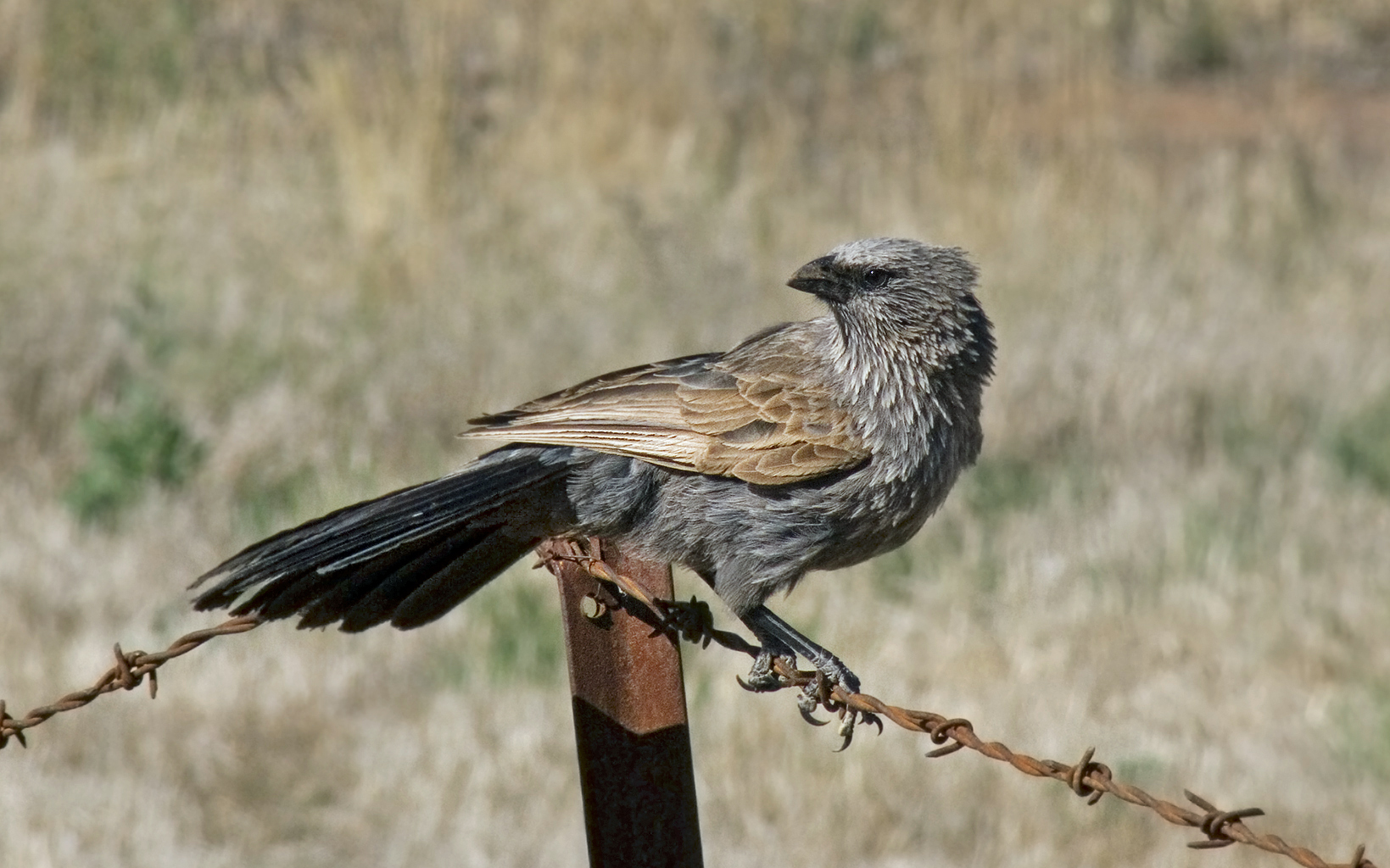
A1: There are several possible reasons for tail feather loss in birds, including stress, poor diet, disease or parasites, molting disorders, and physical trauma. Identifying the underlying cause is crucial for effective treatment and prevention.
Q2: How can I tell if my bird’s tail feather loss is normal or a cause for concern?

A2: While occasional shedding of a few feathers is normal during molting, excessive or abnormal tail feather loss may indicate an underlying issue. Watch for accompanying symptoms like changes in behavior, decreased appetite, itching, inflammation, or abnormal droppings, which may indicate a health problem.
Q3: What should I do if my bird is losing tail feathers?
A3: If your bird is experiencing tail feather loss, it is important to consult an avian veterinarian. They can perform a comprehensive examination, diagnose the underlying cause, and recommend appropriate treatment options. Early intervention is crucial for preventing complications and promoting your bird’s well-being.
Q4: Can I treat my bird’s tail feather loss at home?
A4: While some causes of tail feather loss may be addressed with environmental and dietary adjustments, it is essential to consult a veterinarian for an accurate diagnosis and tailored treatment plan. Home remedies alone may not effectively address the underlying issue and could potentially worsen the condition.
Q5: How can I prevent tail feather loss in my bird?
A5: To prevent tail feather loss, provide a clean and spacious environment, maintain a well-balanced diet, and monitor your bird’s health closely. Regular veterinary check-ups, proper hygiene, and avoiding stressors can help minimize the risk of tail feather loss and promote overall feather health.

Leave a Reply